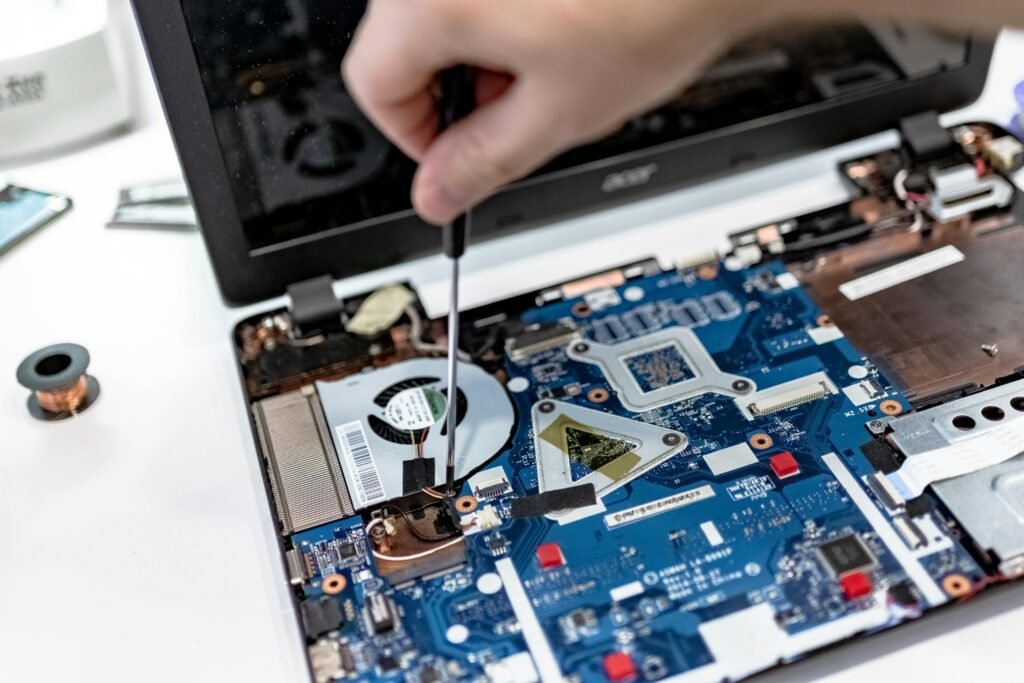There may be several diagnostic steps involved in troubleshooting a slow laptop. Well, here is a complete guide on how to troubleshoot it and solve it:
1. Check for Malware and Viruses
– Perform a Complete System Scan: Quickly scan for malware that can be hindering your system through Windows Defender or trusted antivirus software.
Quarantine/Delete Infected Files: Follow the instructions provided by the program to remove or delete any discovered threats.
2. Free Up Disk Space
– Disk Cleanup: Use Disk Cleanup to delete temporary files, system files, and other irrelevant files.
Ways to optimize computer performance: Step 1: Uninstall unnecessary programs. Check here for programs that remove unused programs.
Remove bulky files: Find giant files and folders that might be taking on space.
3. Manage Startup Programs
Task Manager: Open Task Manager (Ctrl + Shift + Esc) and head to the
Task Manager — Launch Task Manager (Ctrl + Shift + Esc.) then navigate to the Startup tab. They can automatically start when you start your phone; therefore, you might want to disable unnecessary programs that are launched at startup.
4. Update Your Software
Windows Update: Ensure your OS is up to date.
Driver Updates: Ensure that your hardware drivers are up to date, especially graphics and chipset drivers.
5. Check Your Hard Drive
Check Disk: Run check disk to Find and Repair Errors in your hard drive. Type this in Command Prompt: chkdsk
SSD vs. HDD: If your system features an HDD, consider an upgrade to a speedy SSD.
6. Increase RAM
Step 1: Check whether the RAM is full or not, Open Task Manager, and see if your RAM is full. If you are close to 100% RAM all the time, then upgrade or close to a few applications.
7. Adjust Power Settings
Power Plan: Make sure your laptop is set to “High Performance” plan in the power settings for best
8. Reduce Visual Effects
Performance: System Properties > Advanced > Performance settings Note: Choose the option that say “Adjust for best performance” to disable animations and visual effects.
9. Perform a System Restart
Simple Restart: Sometimes, all you need is a quick restart that clears temporary files and processes using your system resources.
10. Check for Hardware Issues
Pay Attention to Sounds: If your laptop starts making unusual sounds it indicates a potential hardware failure.
11. Seek Professional Help
A professional technician may be able to diagnose your laptop if you’ve tried everything. It should be possible to diagnose and possibly fix the issues causing your laptop to run slowly if you follow these steps.
